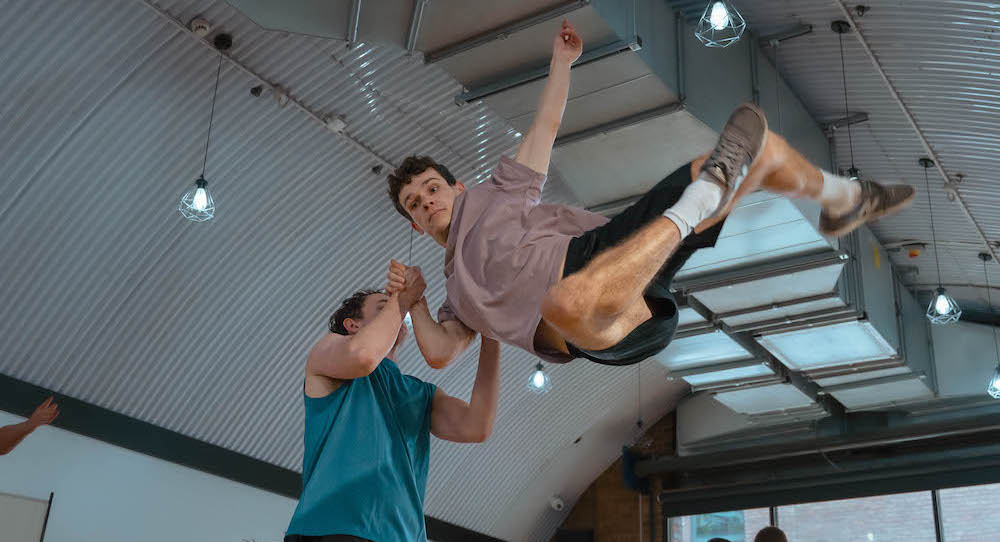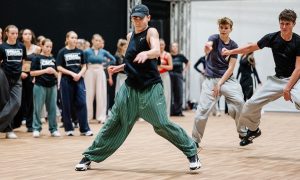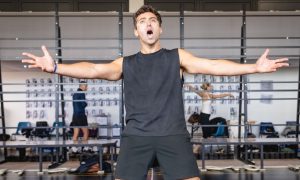In musical theatre, every performer plays a vital role, but swings are often the unsung heroes. A swing is a performer who covers multiple ensemble roles, known as ‘tracks,’ within a production, sometimes covering principal roles, too. They are responsible for learning the choreography, blocking, harmonies, costume changes, and all other nuances of each track they cover.
Though the role requires immense discipline, organisation, and resilience, it is frequently overlooked by audiences and even other theatre professionals. Here, we hear from new and seasoned swings, and experts in swing training who shed light on what it truly means to be a swing and why every performer should experience this challenging role.
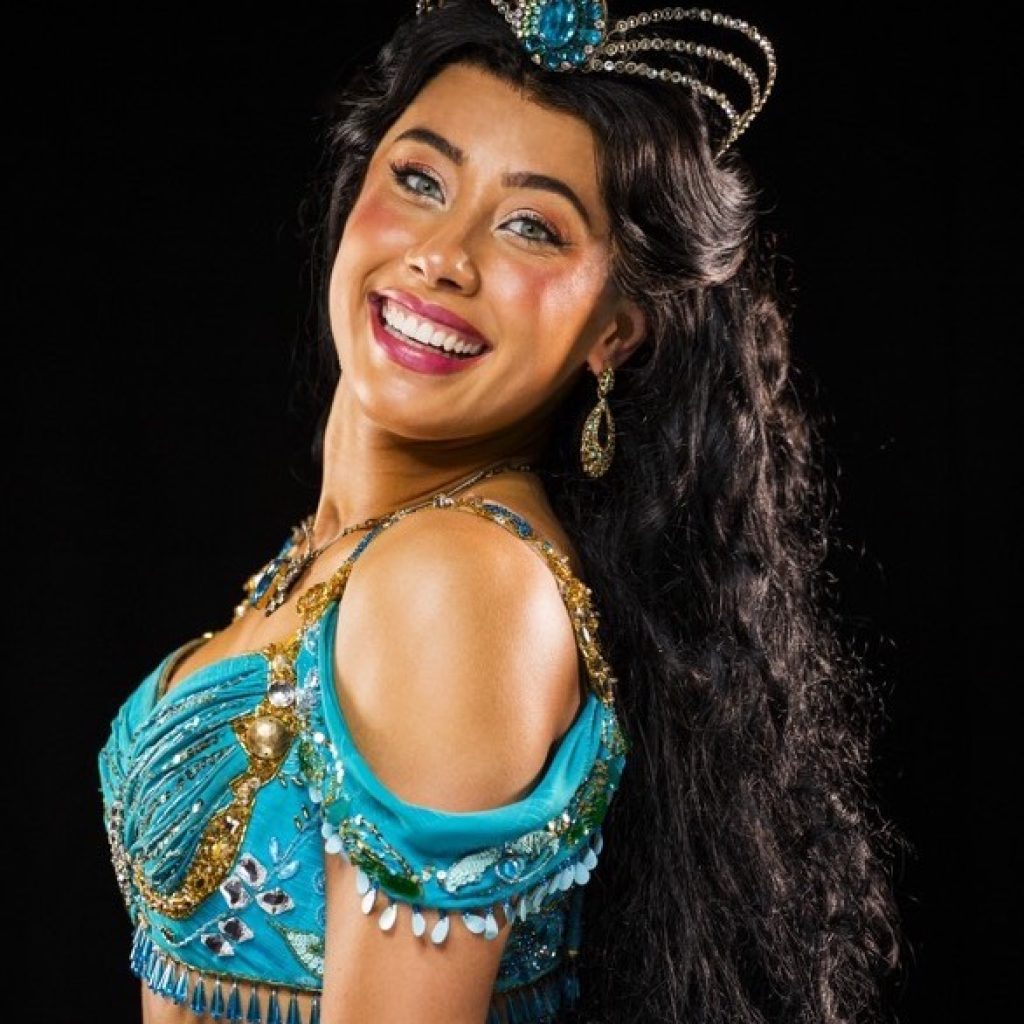
Recent graduate Daisy Barnett made her professional debut in Aladdin UK Tour in 2023, where she was a swing for six ensemble tracks and also covered Princess Jasmine. She will soon be making her West End debut as a swing in Hercules. Barnett shares that while being a swing can be a thankless and difficult role, the thrill of enabling the show to go on is well worth it. She explains that being a swing requires strict self-discipline to ensure consistent readiness, and that complacency is never an option. “I spent a lot of time in the gym during the tour because jumping into a seven-minute number after two weeks of not performing it can be really tough,” she says.
Paulo Teixeira is a highly experienced performer who is currently swinging in Hamilton and has been Dance Captain for shows such as Wicked, Mrs. Doubtfire, and Legally Blonde. Teixeira’s first experience as a swing was on Charlie and the Chocolate Factory, where he covered 16 separate tracks. “I rely heavily on maps, track sheets, and rough notes to map out traffic, costume changes and harmonies for each track,” he explains. “I use visualisation techniques to mentally run through the show with bird’s-eye view mapping.”
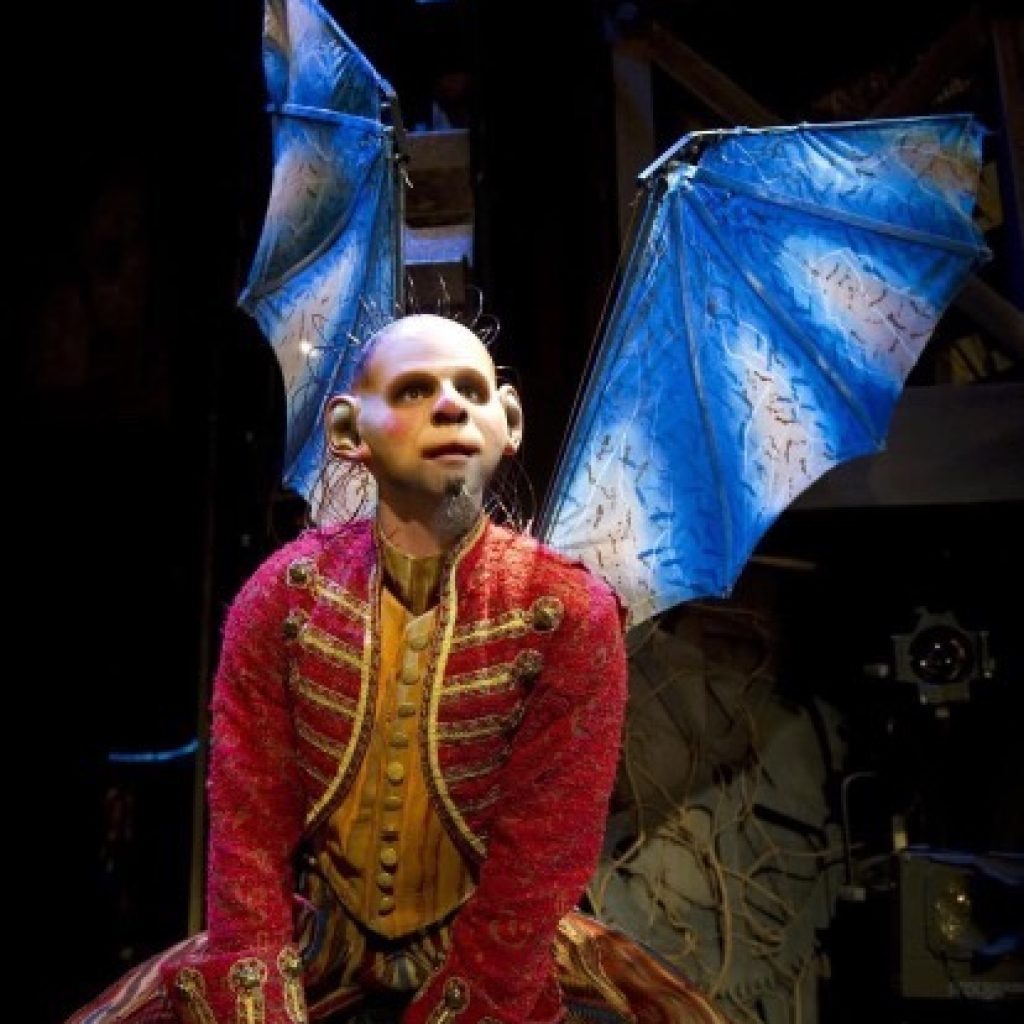
Both Barnett and Teixeira describe occasions where they were called on stage unexpectedly. Barnett recalls, “I had four minutes to get ready — put on my makeup and wig, get into costume, and make it to the stage. It was intense, but I made it on stage without making a single mistake, and I was incredibly proud of what I achieved.” Teixeira explains a truly unique experience, where after performing a matinee of Hamilton, he was called to urgently cover the role of Chistery in Wicked the same evening, a show he hadn’t performed in for five years. “I honestly didn’t freak out at all; I trusted my memory,” he says. “The adrenaline was insane, and the cast was so supportive.”
Matt Ives and Amy West, founders of MT Swings: Performers Training Programme, reiterated the importance of recognising swings’ contributions. West initially started the @MTSwingLife Instagram account because she noticed there was little representation or resources specifically for swings or dance captains. “When I first started as a swing, I felt completely in the dark,” she shares. West and Ives later launched a five-day training programme to equip performers with the necessary skills to be successful swings.
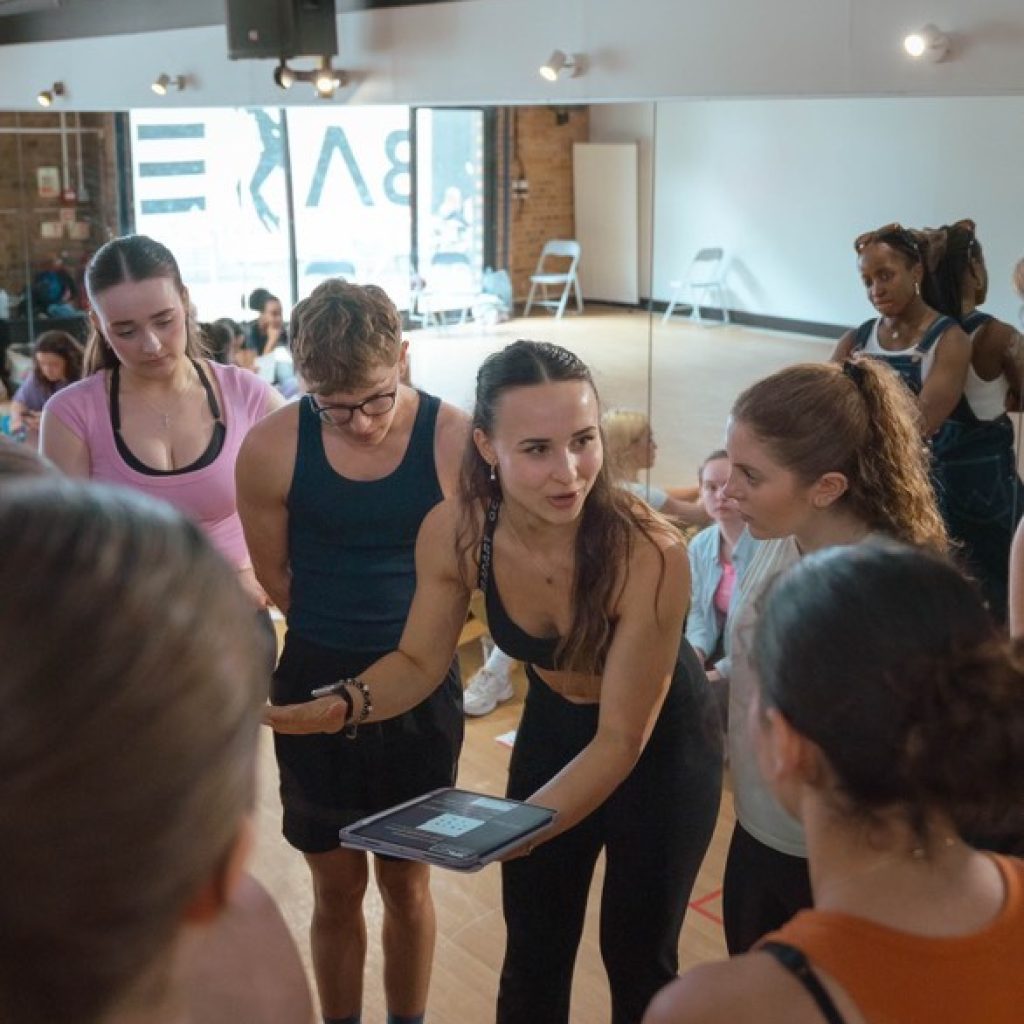
Ives and West discuss how colleges commonly fail to adequately prepare students for swing or dance captain roles. “Colleges often focus on lead roles, as this is where the kudos and recognition lies,” West explains. “But being a swing requires such a specific set of skills and experience. These are things that can’t be taught in a short workshop and need to be fully incorporated into training.”
This gap in training means many performers don’t realise what they’re getting into until they’re on the job, making the role even more challenging. “You can’t replicate the pressure of getting that last-minute call; it’s something you learn on the job,” Teixeira explains. Through their program, Ives and West aim to bridge that gap by giving aspiring swings the tools they need to thrive in the role.
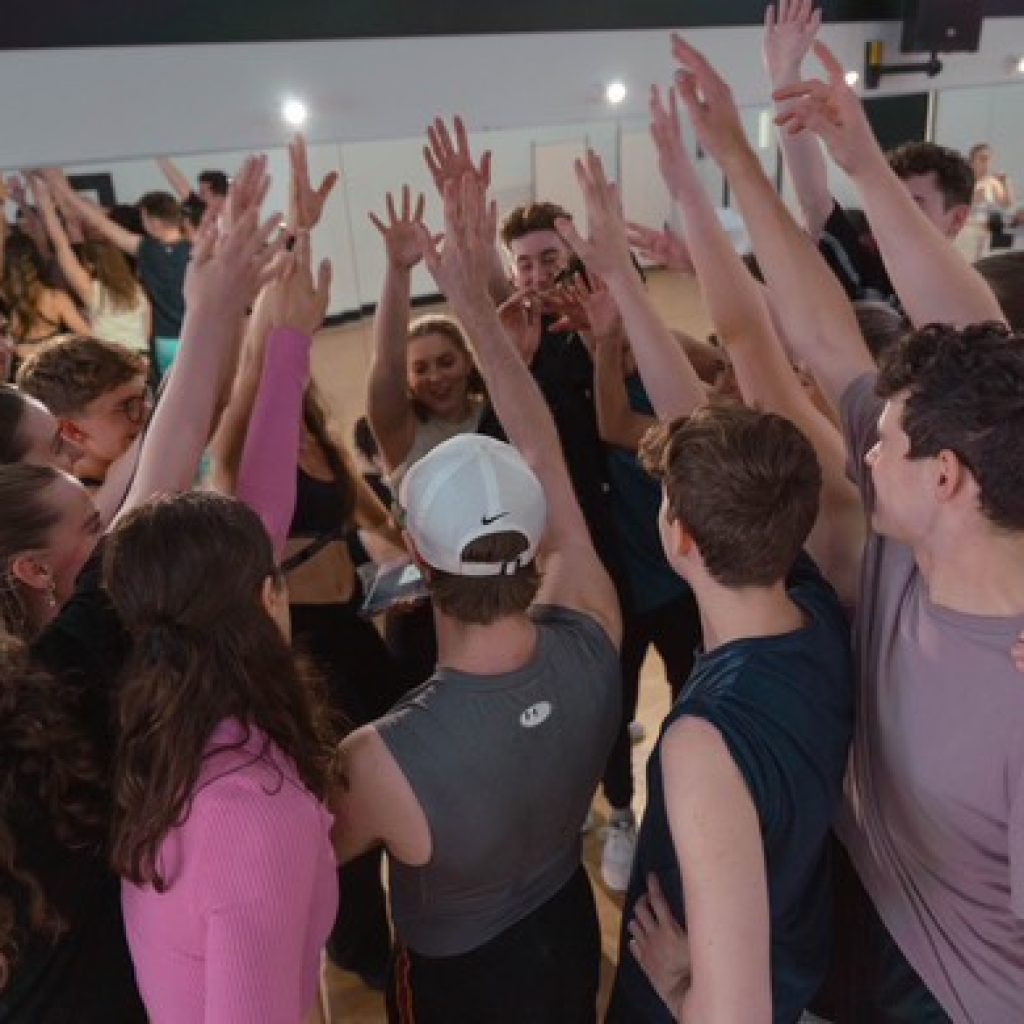
As interest in their programme grew, Ives and West developed a guide specifically for swings with ADHD. Interestingly, neurodivergent performers may excel in swing roles, as their brains often thrive in environments that require multitasking, rapid adaptation and clear understanding of their personal learning style. Barnett, who has dyspraxia, shares, “I know I have to do extra self-rehearsal to feel in control.” West adds, “We’ve had performers with ADHD who were initially concerned it might hinder them, but actually it helped them thrive. The ability to focus on multiple things at once can be a real superpower.”
One consistent piece of advice was that every performer should experience being a swing at least once in their career. “It teaches you not only the specific skills of swinging but also a deeper understanding of how a production operates as a whole and to respect each person’s role within it,” Ives says.
Barnett agrees. “There are so many skills that you learn as a swing; you might not understand what goes into it if you’ve never done that role.” Teixeira adds, “Being a swing enables you to develop a strong work ethic and be proactive about your learning. It teaches you to stay calm under pressure and problem-solve in real time in front of an audience.”
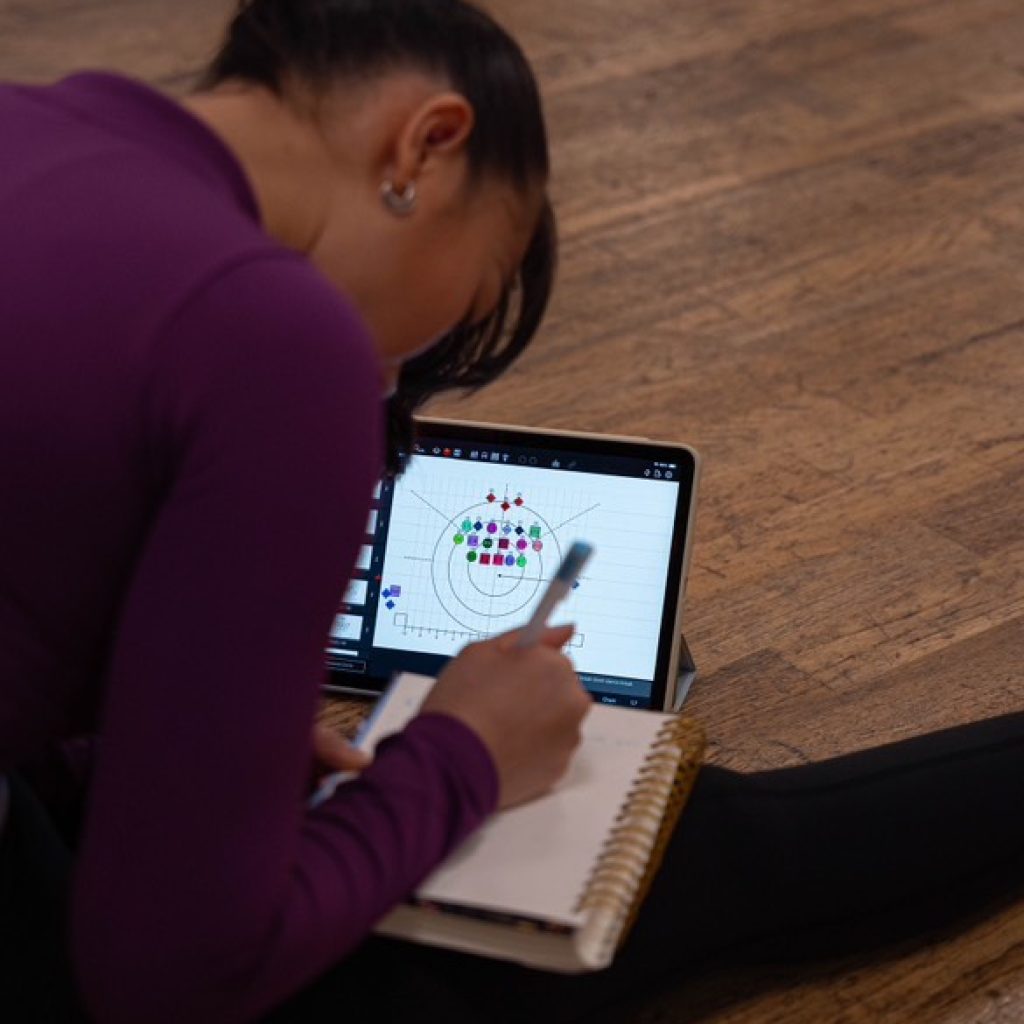
Swings are the backbone of any successful production, yet their contributions are often overlooked. They play a pivotal role in ensuring that shows continue without disruption, stepping into multiple tracks at a moment’s notice. As is clear from the insights and experiences of Barnett, Teixeira, Ives and West, the role of the swing is not just essential but incredibly difficult and complex. Swings are not just ‘fill-ins’; they are the performers who keep the show going when things don’t go according to plan. Their ability to adapt, learn multiple tracks, and perform under pressure makes them invaluable, and it’s time their hard work is truly recognised and celebrated.
By Anna Morgan of Dance Informa.


